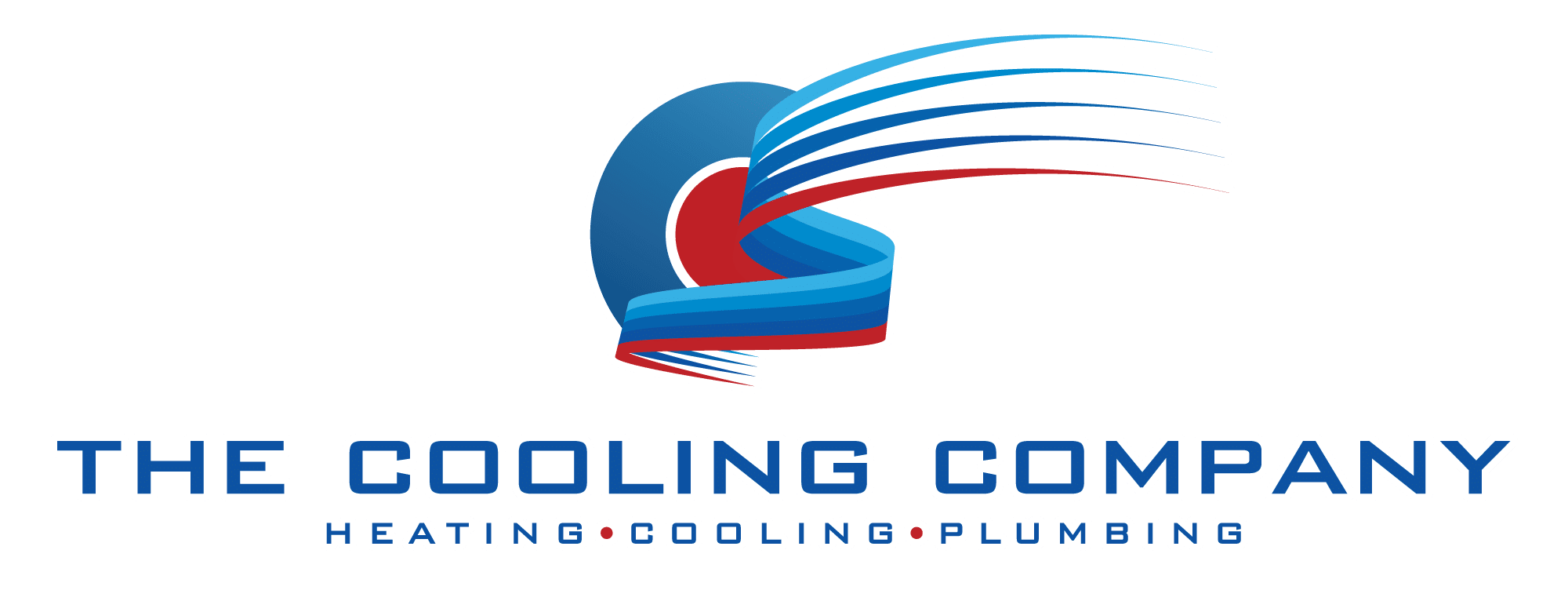The central point to comprehend herein is that due to official regulations under the Montreal Protocol, a type of international environmental agreement chiefly followed by the United States, the production, import, and not the use of various substances like Freon, r22 refrigerant or HCFCs as some may know them, is gradually being discontinued. This change is considered as a business decision by various companies since it involves changes in the usage of certain substances. These substances, especially HCFCs, are crucial chemicals in the manufacturing of air conditioners from any manufacturer. As a result, the Environmental Protection Agency (EPA) has taken part in these regulations, and this protocol has led HVAC systems manufacturers to rethink the ingredients they put on the data plate of their products.
Import regulations surrounding R-22, a major contributor to ozone depletion, imply that there are factors for you to consider, as an HVAC unit owner, especially after January 1, 2020 when all these changes were implemented. The issues you, as the owner should be aware of include the Earth’s health concerns and the potential effect on your supplies due to the end of R-22 refrigerant production and its soaring market price, hence the identification data on the plate of your unit and the manual are crucial. There’s no requirement for you to immediately stop using your R-22 refrigerant air conditioner, however, additional costs associated with money spent on replenishing this substance could be an issue. Bearing in mind the future scarcity of the R-22 compressor, increasing costs and the potential for problems with the unit, it will be prudent to explore alternative systems or upgrades to maintain performance.
The so-called refrigerant phase, the production of air conditioners using the r22 refrigerant evaporator, ended in 2010 due to its impact on the ozone layer as a detrimental compound. By 2020, no more R-22 refrigerants will be produced or imported, leading to questions on the menu of options forward for individuals still relying on R22-dependent units. Thus, the price of this R-22 refrigerant, a type of HCFC, will have escalated dramatically, leaving owners to rely on procuring recycled R-22, potentially substantially increasing your energy consumption, and dealing with potential leaks which can, in effect, be harmful to the environment.
According to a report in ACHR News, which provides critical data and information to aid both owners and manufacturers, it outlines the problems arising from the R-22 phase-out for homeowners as part of the broader picture of environmental issues. Eventually, to adapt to these regulations, you would need to replace your R-22 charged one-unit air conditioning equipment with a retrofit or an upgrade to a newer model that uses an environmentally friendly refrigerant such as Puron or R410A, and that’s considered sustainable by manufacturers. This presents a dilemma: keeping the situations and rebates available on newer heat pumps in mind, do you as an owner opt for immediate upgrade, or wait?
Alternatives for Homeowners with an R-22 System
Dependent on your budget constraints, the age of your current system and the heat it generates, plus other factors including environmental concerns, there are numerous alternative options for owners to consider. It’s important to note that a higher system efficiency translates to savings on utility bills, and the unpredictable nature of electricity costs in 5, 10 or 20 years’ time makes it a financially savvy move to replace your R-22 system now with a newer, more efficient model.
- Conduct diligent maintenance on your current R-22 system. Implementing a program of regular home AC maintenance by a professional HVAC service company will lower the risk of your system developing a refrigerant leak. It will also buy you time to institute a savings plan to raise the finances needed to replace the system at its retirement age.
- Replace refrigerant and critical components. This will not cost as much as a completely new system. The R-22 can be replaced by another refrigerant, but then certain components, like the condenser and cooling coils, will need to be replaced as well to accommodate the new operating pressures.
- Complete system replacement. This is the most costly option. The major advantage of a completely new system is that you will derive the benefits of the latest air conditioning technology.
- Regardless of how well an HVAC system has been maintained, its efficiency will deteriorate as it gets older through normal wear and tear. New air conditioners sold in Nevada must have a SEER rating of 14 minimum. This is substantially more efficient than the R-22 system you currently own.
As R-22 becomes scarcer, the cost of servicing your system, especially if the system still uses R-22 refrigerant, is projected to increase. Proper maintenance by an Environmental Protection Agency certified air conditioning technician is vital to maximizing its efficiency and prolong its lifespan. Given the dwindling availability of air conditioner service technicians skilled in R-22 equipment, establishing a service relationship now with a qualified business can assure supplies of a qualified technician for your system are always at your beck and call.
If you’re looking to retain your R-22 system, signing a service contract with a professional and reputable HVAC company that can maintain your equipment for the remainder of its lifespan represents a smart end game.
Servicing Air Conditioners Using R-22
Tenants, please seek approval from your landlord before undertaking any A/C repairs or services.



